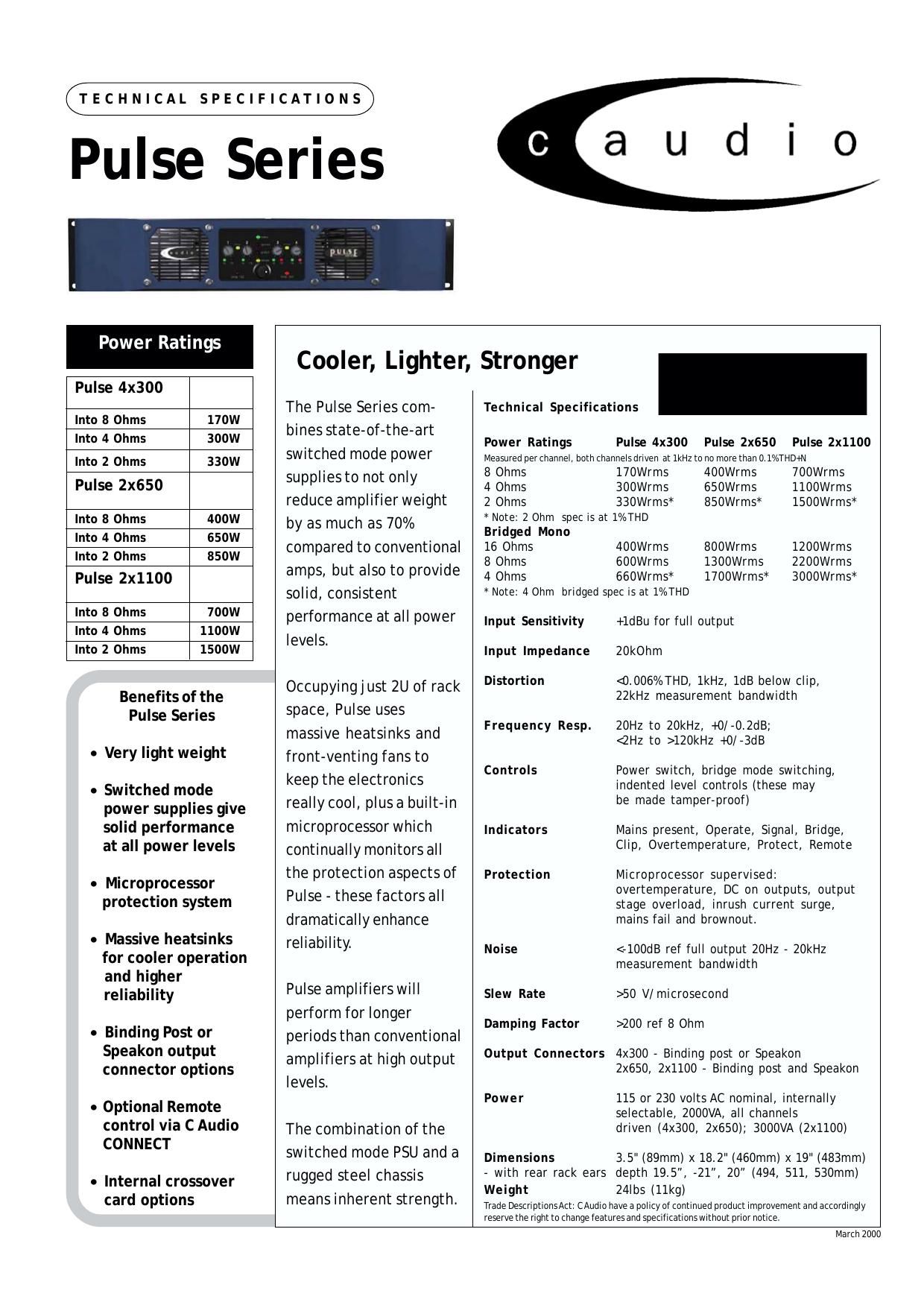Crest Audio A Pulse Series Catalog
This is the 35 pages manual for Crest Audio A Pulse Series Catalog.
Read or download the pdf for free. If you want to contribute, please upload pdfs to audioservicemanuals.wetransfer.com.
Page: 1 / 35
